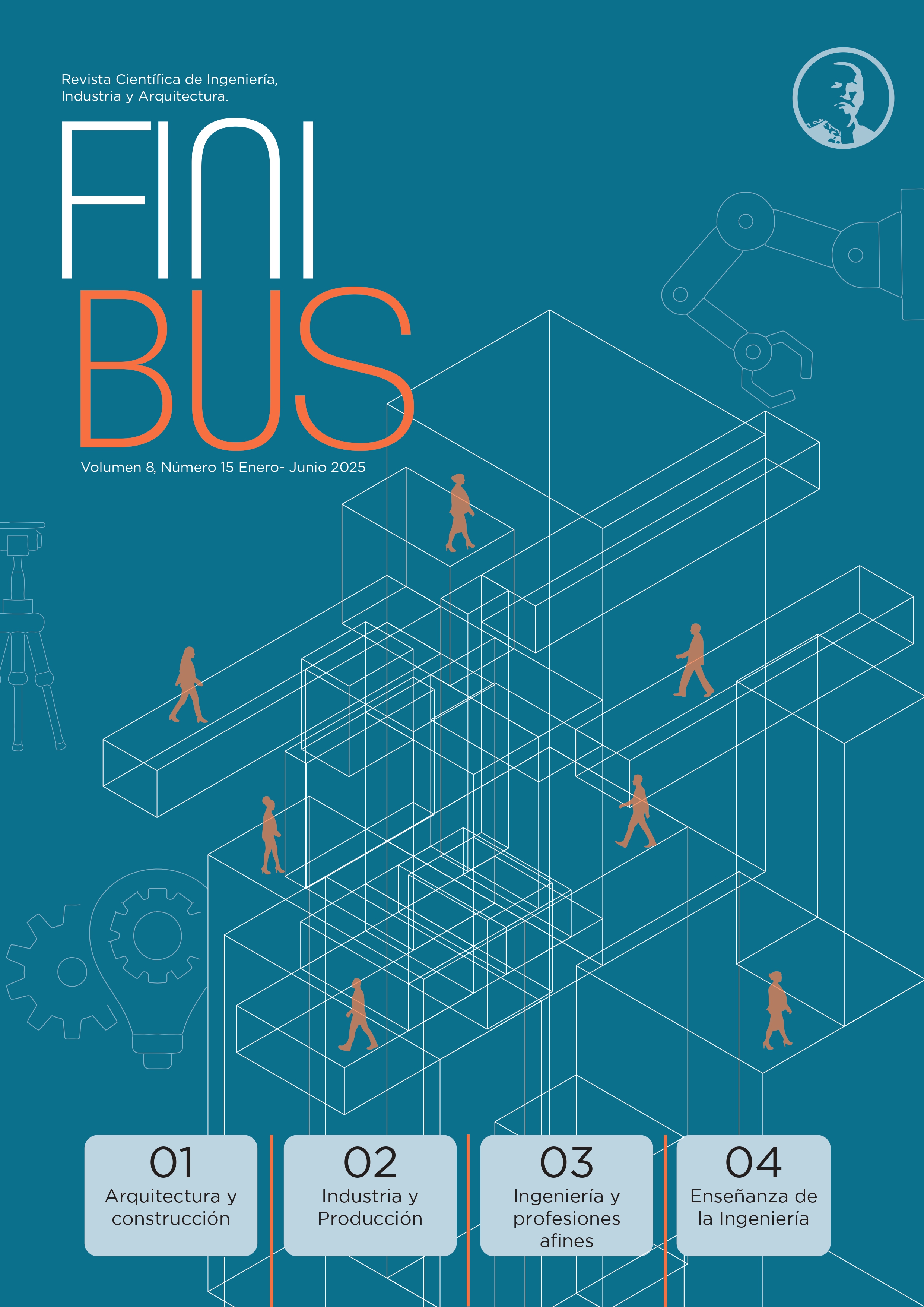Impacto ambiental de la deforestación en el Sector San Jorge de la ciudad de Portoviejo
DOI:
https://doi.org/10.56124/finibus.v6i12.010Palabras clave:
desforestación, desertificación, contaminación, biodiversidad, riesgo ambientalResumen
Esta investigación analiza las causas de la desforestación e impactos y riesgos ambientales provocados en el Sector San Jorge de la Parroquia Andrés de Vera de la ciudad de Portoviejo, generando una propuesta que ayude a la mitigación, remediación y conservación para la reparación de la fauna y flora del sector. La metodología que se aplicó es de tipo exploratoria, descriptiva y no experimental, permitiendo conocer los problemas de la desforestación. Como resultado se evidenció poco compromiso de los habitantes con la naturaleza y el bajo nivel de conocimiento sobre educación ambiental en los moradores, la falta de ayuda técnicas que reciben los habitantes del sector y sus alrededores. Se demuestra que los principales efectos de la desforestación es la pérdida de la biodiversidad por el incremento de la temperatura y las tendencias al aumento de la demanda de leña, utilizada como combustible en los hogares y como construcción de viviendas.
Descargas
Citas
Cabrera Verdesoto, C. A., Macías Cedeño, L. E., Mieles Segura, K. A., Jiménez-González, A., & Manrique Tóala, T. O. (2022). Áreas verdes y arbolado en la zona urbana del cantón Portoviejo, provincia de Manabí, Ecuador. Siembra, 9(1), e3380. https://doi.org/10.29166/siembra.v9i1.3380
Cuenca, G. G. V., Castro, G. B. L., & Mendoza, C. A. M. (2022). Morfología del suelo y subsuelo en la comunidad Agua Blanca de Portoviejo, Ecuador. Dominio de las Ciencias, 8(1), 592-601. http://dx.doi.org/10.23857/dc.v8i1.2593
Kato, Danilo Seithi, & Pedraza-Jiménez, Yamile. (2021). Educación ambiental desde culturas y territorios en conflictos socioambientales en América Latina. Praxis & Saber, 12(28), 1-8. Epub October 13. https://doi.org/10.19053/22160159.v12.n28.2021.12607
Nitschke, C.R., Waeber, P.O., Klaassen, J.W., Dordel, J., Innes, J.L. and Aponte, C. (2017), Nutrient uptake and use efficiency in co-occurring plants along a disturbance and nutrient availability gradient in the boreal forests of the southwest Yukon, Canada. J Veg Sci, 28: 69-81. https://doi.org/10.1111/jvs.12468
Masés-García, C. A., Herrera-Fernández, B., & Briones-Salas, M. (2021). Tendencias en las evaluaciones de riesgo al colapso de ecosistemas terrestres y humedales. Madera y Bosques, 27(3), 1-21 https://doi.org/10.21829/myb.2021.2732133
Ministerio del Ambiente, Agua y Transición Ecológica. (06 de julio de 2019). Ecuador recibirá 18,5 millones de dólares de la cooperación internacional por reducir la deforestación. Ecuador recibirá 18,5 millones de dólares de la cooperación internacional por reducir la deforestación: Recuperado de: https://www.ambiente.gob.ec/ecuador-recibira-185-millones-de-dolares-de-la-cooperacion-internacional-por-reducir-la-deforestacion/
Morocho, C. C., & Chuncho, G. (2019). Páramos del Ecuador, importancia y afectaciones: Una revisión. Bosques Latitud Cero, 9(2), 71-83.
Zhao, J., Ma, J., & Zhu, Y. (2019). Evaluating impacts of climate change on net ecosystem productivity (NEP) of global different forest types based on an individual tree-based model FORCCHN and remote sensing. Global and Planetary Change, 182, 103010. https://doi.org/10.1016/j.gloplacha.2019.103010
Publicado
Cómo citar
Número
Sección
Licencia
Derechos de autor 2023 Revista Científica y Arbitrada del Observatorio Territorial, Artes y Arquitectura: FINIBUS - ISSN: 2737-6451.

Esta obra está bajo una licencia internacional Creative Commons Atribución-NoComercial-CompartirIgual 4.0.














